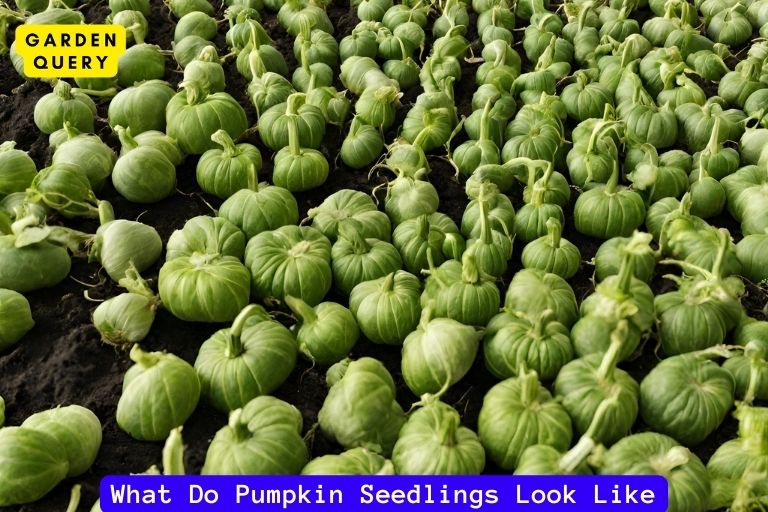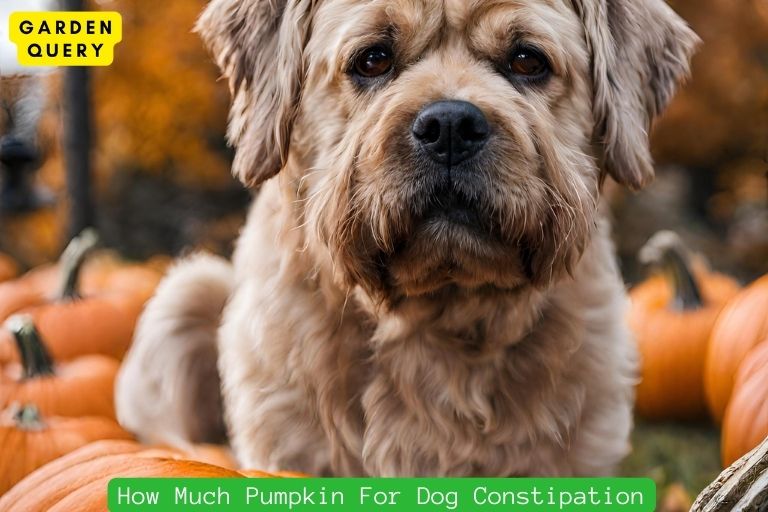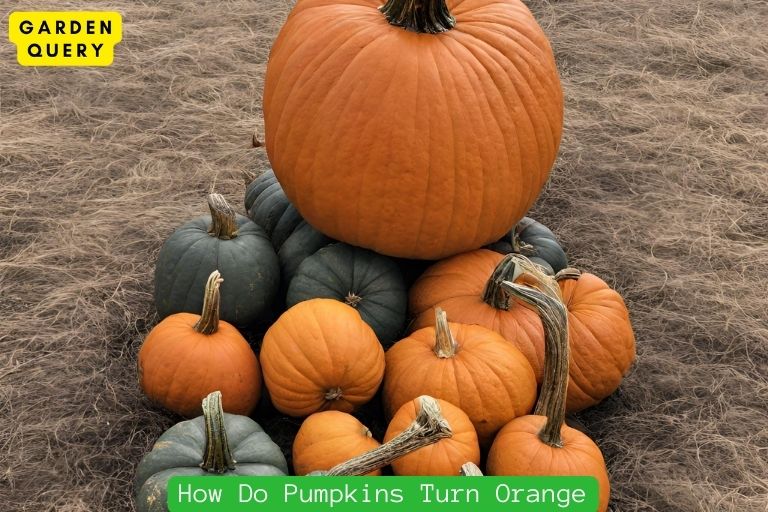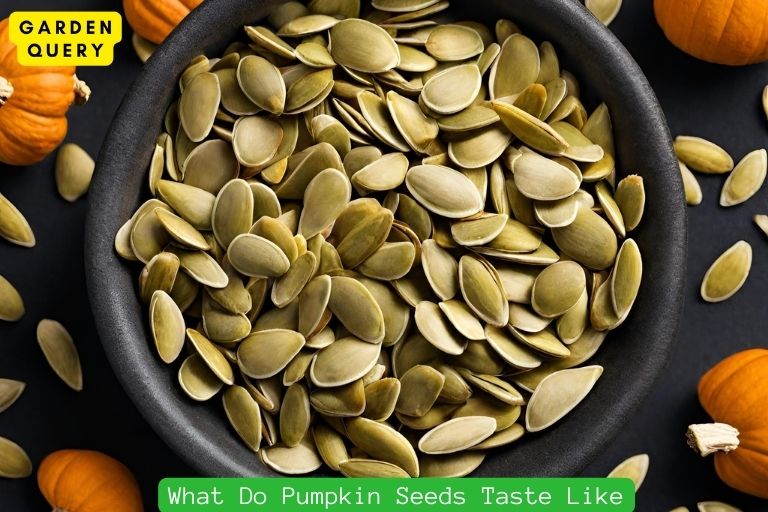What Do Pumpkin Seedlings Look Like?
Pumpkin seedlings typically appear as small, slender stems with embryonic leaves, showcasing a pale green hue and two initial rounded cotyledon leaves.
Pumpkin seedlings emerge as delicate, slender stems sprouting from the soil, featuring a pair of embryonic leaves, known as cotyledons, which often take on a pale green color. These initial leaves serve to provide essential nutrients until true leaves develop.
Gradually, the true leaves emerge, characterized by their lobed and distinct pumpkin leaf shape. The seedlings showcase a fragility in their early growth stages but rapidly strengthen as they absorb sunlight, solidifying their identity as the nascent stages of a pumpkin plant.
Key Takeaway
Appearance of Pumpkin Seedlings
When it comes to pumpkin seedlings, it’s important to know what they look like so you can identify them and ensure their healthy growth. Let’s delve into their appearance and characteristics!
Pumpkin seedlings emerge from the soil as small, delicate plants with two cotyledons, or seed leaves. These leaves are rounded or heart-shaped and are usually green in color. As the seedlings grow, they will develop their first true leaves, which are distinct from the cotyledons. The true leaves are lobed and have a more definitive shape, resembling the leaves of a mature pumpkin plant.

As the pumpkin seedlings continue to grow, their stems will become thicker and sturdier. The stems are typically green and can sometimes have a slight reddish or purplish hue. The leaves, on the other hand, are often a vibrant green color, showcasing the plant’s healthy growth.
One notable characteristic of pumpkin seedlings is their sprawling habit. They tend to produce long, trailing vines that stretch out in various directions. These vines serve as a support system for the pumpkin plant as it grows and develops.
It’s also worth mentioning the presence of small, delicate flowers on pumpkin seedlings. These flowers are typically yellow in color and can appear as early as a few weeks after the seedlings emerge from the soil. While the flowers themselves are not the primary focus of the pumpkin plant, they play a vital role in the pollination process, leading to the growth of pumpkin fruits.
In summary, pumpkin seedlings start as small plants with rounded cotyledon leaves and develop lobed true leaves as they grow. Their stems become thicker and sturdier, while their leaves display a vibrant green color. The sprawling habit and the presence of yellow flowers are additional characteristics that distinguish pumpkin seedlings. By familiarizing yourself with the appearance of pumpkin seedlings, you can nurture their growth and enjoy a bountiful pumpkin harvest.
Cotyledons and True Leaves
When it comes to identifying pumpkin seedlings, it’s important to understand the different stages of growth. First, let’s talk about cotyledons. Cotyledons are the first leaves that emerge from the seed. They are usually rounded and may look like miniature versions of a mature pumpkin leaf. These cotyledons serve as a temporary food source for the seedling until the true leaves come in.
Next, we have the true leaves. These are the leaves that come after the cotyledons and are the ones that resemble the leaves of an adult pumpkin plant. True leaves are usually larger and have a more defined shape than the cotyledons. They will also have serrated edges, although the degree of serration can vary depending on the pumpkin variety.
As the seedling continues to grow, more true leaves will appear, and the cotyledons will eventually wither and fall off. The number of true leaves can give you an indication of the seedling’s maturity and readiness for transplanting.
It’s important to note that the appearance of pumpkin seedlings can vary slightly depending on the specific variety you are growing. Some varieties may have more elongated or pointed leaves, while others may have leaves with a different shade of green. However, the overall structure of cotyledons and true leaves remains consistent across pumpkin varieties.
So, when you’re trying to identify pumpkin seedlings, look for the rounded, initial cotyledons, followed by the emergence of larger, serrated true leaves. With this knowledge, you’ll be able to confidently recognize pumpkin seedlings as they grow and thrive in your garden.
Growth Stages
When it comes to pumpkin seedlings, understanding their growth stages can be essential for successful cultivation. Here, we will explore the different stages a pumpkin seedling goes through, from germination to maturity.
- Germination: The first stage in a pumpkin seedling’s life is germination. This occurs when the seed absorbs water and begins to sprout. At this stage, you will notice the emergence of the seedling above the soil.
- Seedling: As the pumpkin seedling continues to grow, it develops its first set of true leaves. These leaves are usually larger and more defined than the initial seed leaves. The seedling will also start to establish its root system during this stage.
- Vine development: As the seedling matures, it will begin to grow vines. These vines will creep along the ground and provide support for the plant as it grows larger. During this stage, it’s important to ensure that the plant has enough space to spread out.
- Flowering: Once the vines have established, the pumpkin plant will start to produce flowers. The female flowers, identified by the small fruit at the base, will eventually develop into pumpkins if successfully pollinated. Male flowers, on the other hand, do not produce fruit.
- Fruit development: After successful pollination, the pumpkin fruit will start to grow. It will initially appear small but will gradually increase in size over time. The time it takes for a pumpkin to reach full maturity can vary depending on the variety.
- Maturity: This is the final stage in the growth of a pumpkin seedling. The fruit will turn the characteristic orange color, indicating that it is ready for harvest. You can also check for other signs of maturity, such as a hard rind and a dried stem.
Understanding the different growth stages of pumpkin seedlings can help you monitor their progress and provide the necessary care and attention. Whether you’re a beginner or an experienced gardener, being familiar with these stages will contribute to a successful pumpkin harvest.
Recognizing Healthy Seedlings
Recognizing healthy pumpkin seedlings is an essential skill for any gardener. Once you plant your pumpkin seeds, you’ll want to ensure that they are growing well and thriving. Here are some key indicators to help you recognize healthy pumpkin seedlings:
- Size and Appearance: Healthy pumpkin seedlings will have a sturdy stem, with vibrant green leaves. The leaves should be free from any discoloration or spots. The seedlings should also demonstrate steady growth, with new leaves and stems emerging.
- Root Development: Take a look at the roots of your seedlings. Healthy seedlings will have a well-developed and extensive root system. The roots should be white and firm, indicating good health and the ability to absorb nutrients effectively from the soil.
- Stem Strength: Gently touch the stem of the seedling. It should feel strong and not easily bend or break. A weak, floppy stem may be a sign of inadequate sunlight or improper watering.
- Pest and Disease Resistance: Healthy seedlings are less susceptible to pests and diseases. Inspect the leaves for any signs of insects or damage. Look out for common pumpkin pests such as aphids or powdery mildew. Healthy seedlings will have minimal to no signs of pest or disease damage.
- Overall Vigor: Healthy seedlings exude an overall sense of vitality. They will appear robust, with a notable energy and enthusiasm for growth. If the seedlings look weak, pale, or limp, it may indicate a lack of proper care or poor growing conditions.
By paying attention to these indicators, you can easily recognize healthy pumpkin seedlings. Remember to provide them with adequate sunlight, water, and regular care to ensure their continued growth and development. Happy gardening!
Note: Always refer to specific pumpkin seed varieties and planting guidelines for more accurate information on identifying healthy seedlings.
Conclusion
In conclusion, understanding what pumpkin seedlings look like can be a valuable skill for any gardener or enthusiast. By being able to identify the distinctive characteristics and features of pumpkin seedlings, you can ensure their healthy growth and take appropriate care as they develop.
Remember that pumpkin seedlings typically have two cotyledon leaves that emerge from the seed, followed by their first true leaves. These true leaves are usually larger and have a distinct shape compared to the cotyledons, which fade away.
Pumpkin seedlings also have a noticeable stem that appears sturdy and thick, providing support to the leaves. The stem is usually green or reddish in color, and you might notice small hairs or fuzz covering it.
Another important feature to look for in pumpkin seedlings is the presence of root development. As they grow, you will see small, delicate roots emerging from the base of the stem, anchoring the plant into the soil and absorbing nutrients.
Overall, being able to recognize the appearance of pumpkin seedlings is crucial for successful gardening. With this knowledge, you can ensure that you are providing them with the proper care and conditions they need to thrive.
So, next time you’re starting pumpkin seedlings from scratch or purchasing young plants, keep an eye out for the distinct cotyledon and true leaves, the sturdy stem, and the emerging roots. By giving these seedlings the attention and care they deserve, you’ll be well on your way to a bountiful pumpkin harvest.
Remember, patience is key when it comes to gardening – watching your pumpkin seedlings grow and develop their vibrant foliage and eventually produce pumpkins can be incredibly rewarding. So, enjoy the process and embrace the beauty of nature’s growth. Happy gardening!
- Best Therapists In Dallas - February 1, 2024
- Holly Willoughby Husband: Holly Willoughby’s Love Story - January 30, 2024
- Holly Willoughby Dress: 5 Style Secrets and 7 Must-Know Career Milestones - January 30, 2024





